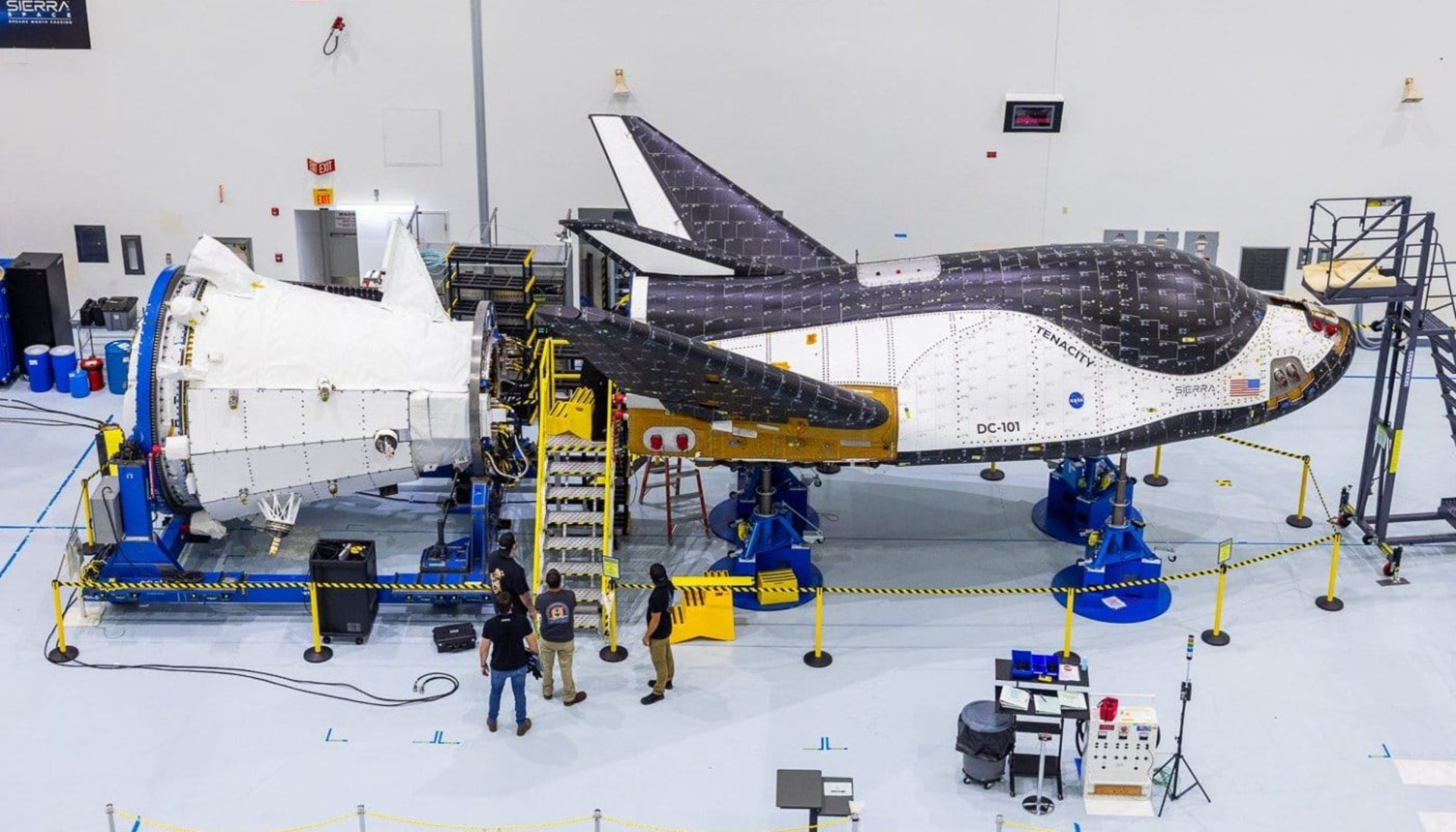On July 30, 2025, asteroid 2025 OL1—measuring roughly the size of a small aircraft—will pass Earth at a distance of 1.29 million kilometers. This event, closely tracked by NASA and international space agencies, highlights ongoing efforts to monitor near-Earth objects and refine planetary defense strategies.
A Speedy Visitor—But Not a Threat
Asteroid 2025 OL1 measures about 110 feet across, roughly the length of a small commercial plane. It’s zipping through space at nearly 17,000 miles per hour. According to Express.co.uk, NASA scientists confirm it will pass by at a distance of 1.29 million kilometers—that’s more than three times the distance to the Moon.
Even though 2025 OL1 qualifies as a “potentially hazardous asteroid” based on its size, NASA makes it clear: “There is no cause for alarm.” The agency’s planetary defense experts are tracking its trajectory down to a fine science. As Davide Farnocchia from NASA’s Near-Earth Object Studies team explained, “Close approaches happen all the time, it’s just part of the fabric of the solar system.”
Why Do Agencies Watch These Flybys?
Asteroids like 2025 OL1 aren’t new to astronomers, but each close approach is a chance to test and refine detection and tracking systems. NASA, ISRO (India’s space agency), ESA (Europe), and JAXA (Japan) are all on board, using these events to sharpen their models and coordinate international efforts.
ISRO Chairman S. Somanath has recently stressed the importance of “preparing for asteroid threats,” especially as larger objects like Apophis are expected to pass even closer in the coming years. These agencies run constant monitoring with ground-based telescopes and space-based sensors, ensuring that even minor gravitational influences on an asteroid’s path don’t go unnoticed.
Real Risks or Just Cosmic Routine?
The odds of a major asteroid impact are low, but the stakes are high enough that experts don’t take chances. According to NASA, only objects wider than 85 meters (about 278 feet) and within 7.4 million kilometers are considered hazardous. While 2025 OL1 ticks one box (size), it stays well outside the risk zone.
Astronomers gather data from every flyby to improve impact predictions and emergency response plans. As NASA’s Ian O’Neill put it, “If there was a threat, you would hear from us. We would always put out alerts on our planetary defense blog.” The upcoming Apophis encounter in 2029 will be another major test, coming much closer than OL1—closer, in fact, than some satellites.
Why You Should Care About Near-Earth Objects
Most asteroids pass by unnoticed, but keeping tabs on them isn’t just academic. Each event helps refine the technology and teamwork needed to spot and, if necessary, divert a truly dangerous object. According to The Times of India, these efforts “safeguard our planet’s future” and improve our chances of responding quickly if a real threat ever emerges.
For the space-curious, while you won’t be able to see 2025 OL1 with backyard binoculars, the real action is happening in data centers and observatories worldwide. It’s a reminder that cosmic vigilance is a global project—and that even the most routine asteroid flyby has something to teach us.
Source link


